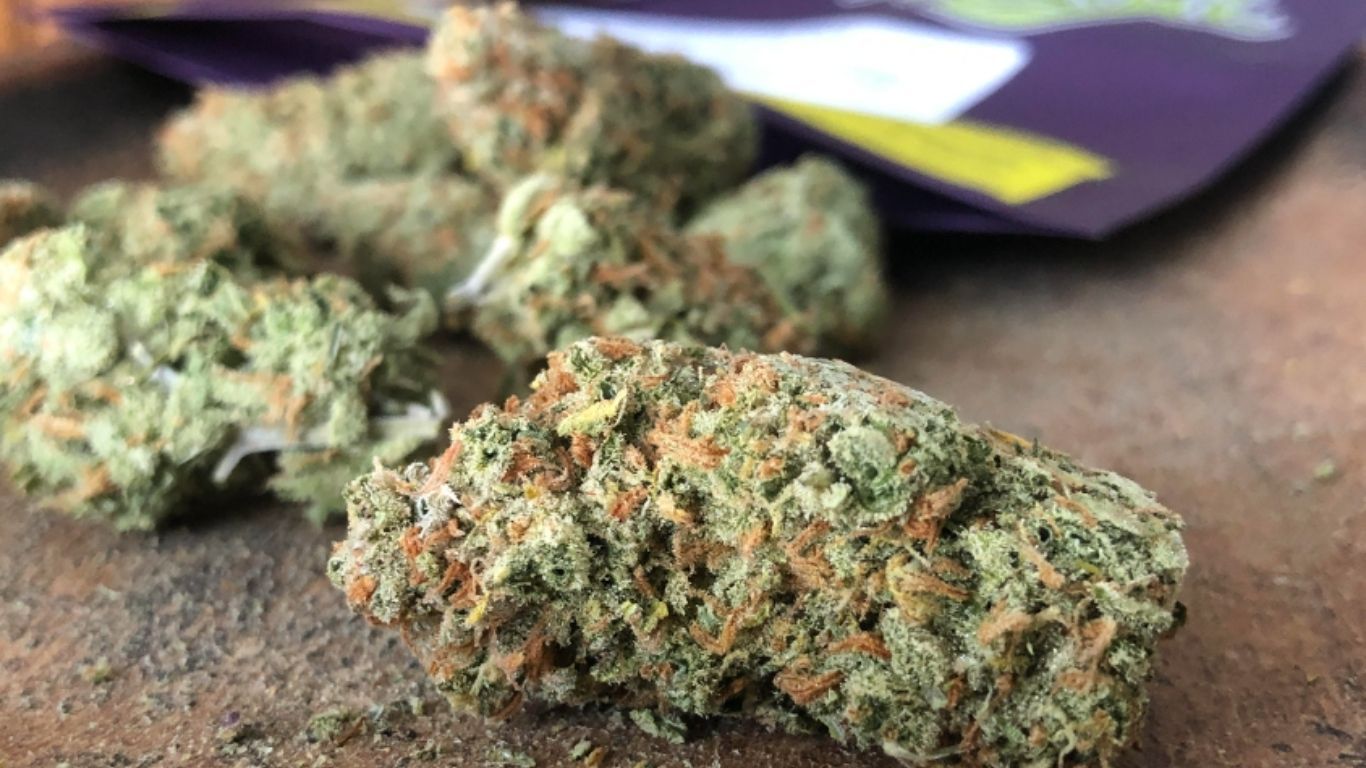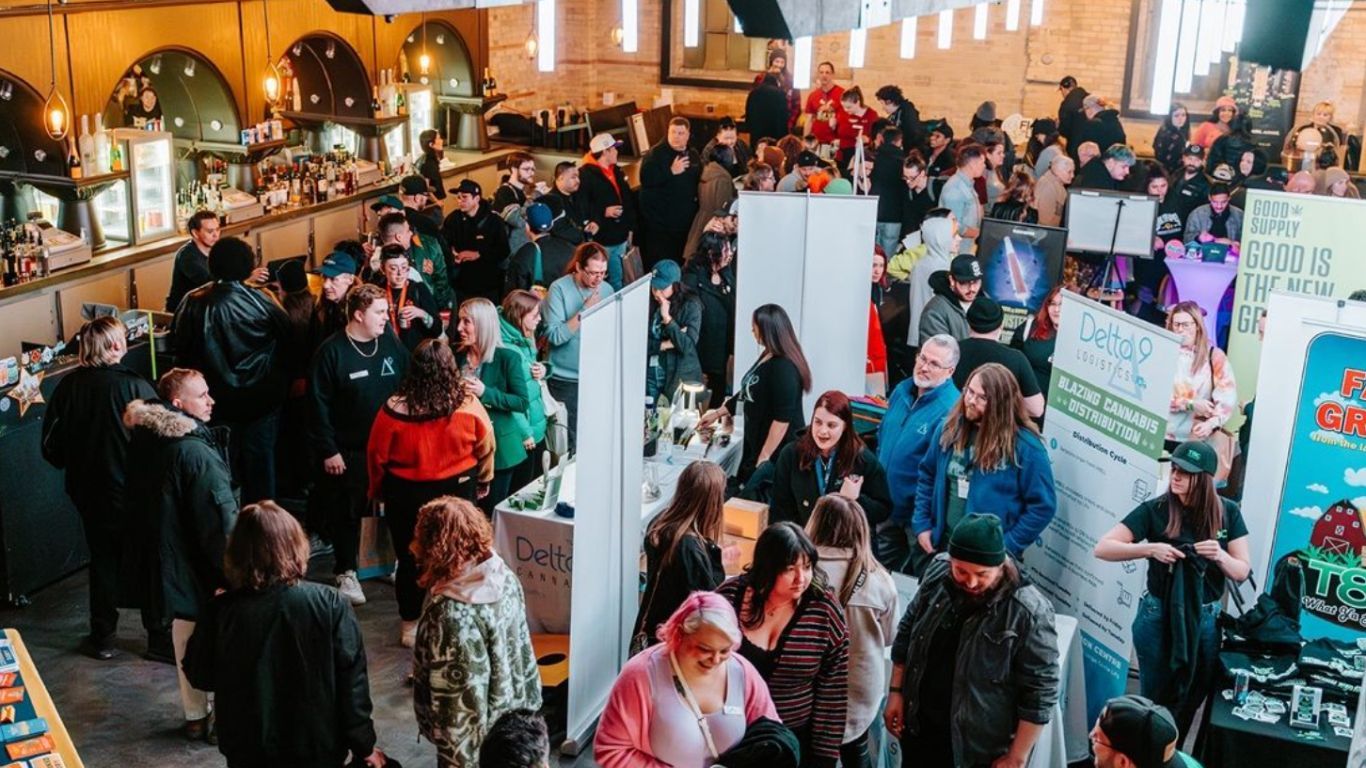
There is a popular narrative in Canada’s cannabis industry, which says that government regulations make it almost impossible for licensed producers to brand their products. However, many LPs are finding creative and innovative ways to get their story out, which suggests that much of the doom and gloom has been overblown.
“I believe the regulations today actually favour brands like us,” says Chris Marmion, Head of Sales & Marketing at Carmel Cannabis, which has a 150-acre property in Oro-Medonte, Ontario. “When you have your brand promise anchored in quality, you don’t need celebrity endorsements and billboards.”
In Canada, the federal Cannabis Act has strict packaging requirements, while prohibiting the sharing of information on the psychoactive effects of cannabis, or cannabis’s connection to lifestyle activities. Beyond that, there are further restrictions that vary from province to province.
“We are limited to mentioning only indica versus sativa, appearance, terpenes, flavour profile and THC potency,” says Oli Maughan, VP of Marketing & Retail at BZAM, which has cultivation sites in BC and Alberta. “This leaves it up to budtenders and consumers to do the heavy lifting when it comes to deciphering what this information means.”
When you have your brand promise anchored in quality, you don’t need celebrity endorsements and billboards.
Chris Marmion, Carmel Cannabis
That said, Marmion from Carmel points out that there are still plenty of ways of promoting an LP’s brand.
“We were the first brand to bring key product information on our packaging – lineage, aroma and flavour, etc. – and the only brand to package our pre-rolls in a glass tube with a cork. We also saw a big opportunity for people to know more about the people behind the products they consume.”
The limitations in Cannabis Act regarding where cannabis products can be advertised make it difficult to inform adults who might not frequent age-gated environments. As a result, at present, an individual LPs website is the dominant brand platform.
“Our website at Pure Sunfarms is an age-gated environment that lets us tell our story,” says Maria Guest, VP of Brand and Product, Pure Sunfarms. “We invested in our digital platform to make sure it gives people the information they’re looking for and also helps them understand who we are, and what makes us different.”
Getting it right with retail partners
In order for an LP to make the right brand investments, the company has to determine what areas have the greatest positive effect on sales. And that means knowing how best to engage retail partners.
We focus on building community, especially with budtenders, who are the main influencers of consumer purchases.
Oli Maughan, BZAM
“Our most cost-efficient investments have generally been education-based,” says Marmion from Carmel Cannabis. “The most successful was probably with CannSell, where we launched Carmel College. By providing our retail partners with a bit of a Craft Cannabis 101, it allowed us to help people understand what sets our product apart.”
Of course, in retail, the ultimate point of human contact with the consumer is the budtender. Many LPs are working with their retail partners to ensure that their message gets through to the people who directly interact with customers.
“We focus on building community, especially with budtenders, who are the main influencers of consumer purchases,” says Maughan from BZAM. “This takes time, but when done right it has big ROI in the long run versus spending tons of money on limited advertising options that may or may not be memorable.”
For BZAM, combining this community-focused approach with compelling creative done internally, and in collaboration with boutique agencies, has been an effective strategy. This is proof that despite the challenges presented by promotional restrictions, there are still ways that LPs can engage with consumers so they can learn more about a brand and its products.
“The challenges have lit a fire under cannabis marketers to seek out creative ways to communicate why their products are special and worthy of trial and loyalty,” says Maughan. “It’s a much smaller sandbox to play in compared to the marketing of other consumer goods, but the marketers that find a balance between a compelling messaging and compliance have a chance to stand out.”
Nonetheless, the challenges are real, and not only due to the regulatory environment. Every cannabis genetic can have varying characteristics – and even variations between phenotypes. Quality is also affected by how the plants are grown, and the expertise of the cultivators. In this highly variable environment, consumers have plenty of queries.
“Budtenders get questions like ‘What do you have that’s uplifting that would be great for going on a hike?’ or ‘I just want to be lazy on my couch for the night… what should I buy?’,” says Maughan“The fact that cannabis marketers can’t address common questions like these in their B2C and even in B2B marketing is a huge challenge.”
At present, options for LPs include strain cards and displays. Consumers can be told where products come from, how they are grown and made, and what the brands stand for or believe in. However, all of this requires a lot of planning and forethought to ensure maximum effect while still staying within the law.
“We’re lucky to have a group of extremely creative thinkers, designers and writers on our marketing team who collaborate with our in-house legal counsel to find that sweet spot,” says Maughan. “We push ourselves to see just how much fun we can have without crossing the line. We’ve also learned not to become too attached to our ideas and creations because a lot of them get rejected or changed. Being able to roll with the punches in this ever-changing industry is an asset.”
As the Canadian market matures, more LPs understand that building brand loyalty requires a level of engagement that keeps customers interested in the company itself and its future plans.
“For us, it’s about building Pure Sunfarms in the hearts and minds of cannabis consumers,” says Guest. “From a product strategy perspective, our focus is to first let consumers know when there are new products available, and second to build the understanding of why we’ve launched different products, what occasions and needs they fill, and how they fit with the brand.”
For smaller LPs, the strategies are ideally measured and targeted, with a focus on unique and impactful ways to connect with an audience and grow brand health.
“We look for the opportunities that will make the biggest impact with our target audiences, while not spreading ourselves too thin,” says Guest.
Part of the challenge is cultural, particularly with the larger LPs. Retailers contacted by StratCann commented that the bigger LPs are often unaware of how much branding research individual stores conduct. When sales representatives arrive on a doorstep with no knowledge of how to support retailers, and how to communicate value to the end-user, confidence is lost.
More fun in the future?
As the Canadian market matures, the laws and regulations governing the marketing and promotion of cannabis will evolve. Ideally, any changes would not only be about meeting the commercial requirements of LPs, but would also speak to consumer needs. This could then serve Health Canada’s protective role, given that it is in everyone’s best interest for a purchaser to make the best-informed decision.
“There is a huge opportunity to enhance consumer and budtender education around cannabis,” says Maughan. “Fewer limitations on how we can talk about cannabis would help us fill the gap for consumers so they can make more informed decisions about the products they buy, and the brands they support.”
LPs could connect with consumers on a more meaningful level outside of age-gated environments. Even within gated environments, the law could change to allow companies to communicate more details about the effects of certain plant characteristics. The government could also allow more flexibility on packaging and labeling. All of this would make it easier to market and brand a product and for consumers to understand what they are buying.
But we aren’t there yet, which means the only option is to maximize innovation and creativity – and with a positive outlook.
“Until we can have a more in-depth conversation with consumers, we will continue to approach the limitations as a creative challenge to see just how much fun we can have in our sandbox,” says Maughan from BZAM. “Even if we can’t use the word ‘fun’.”













